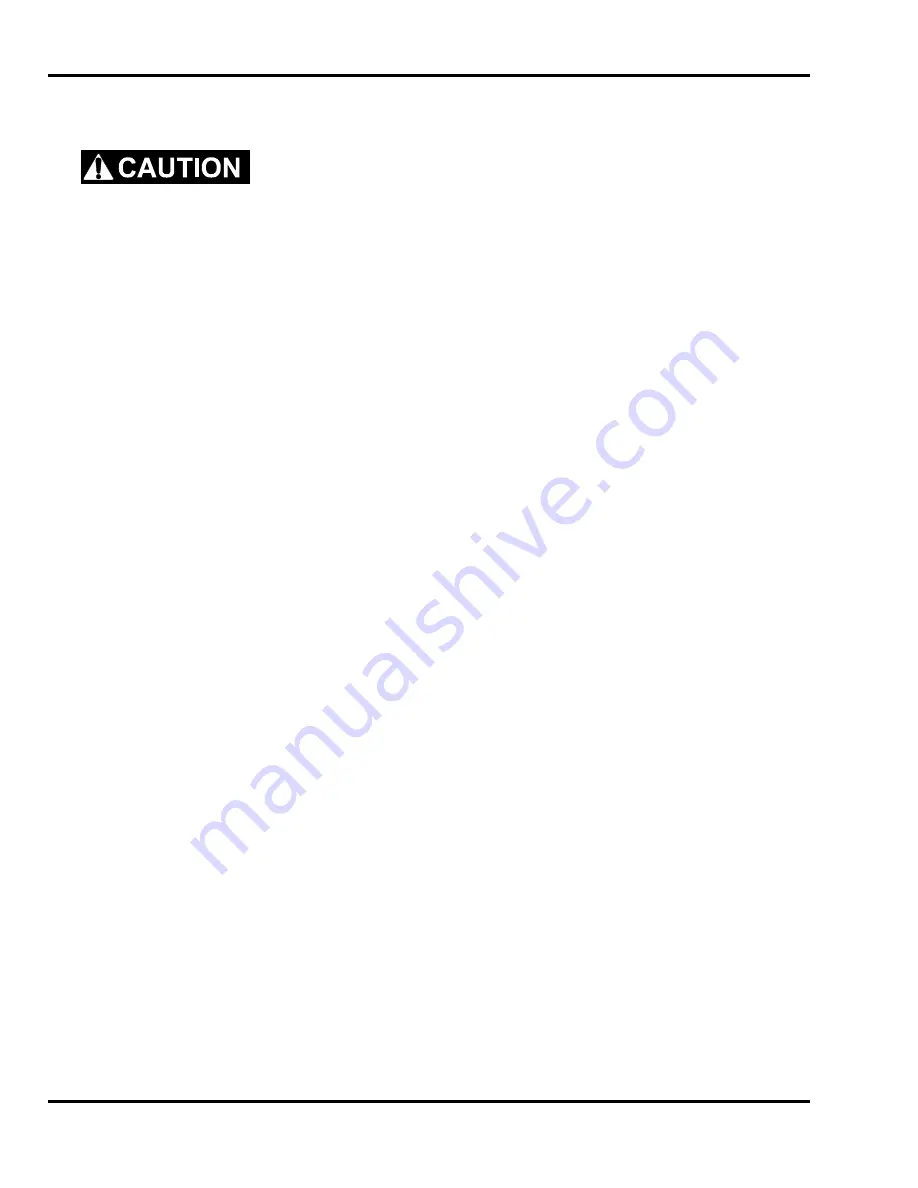
9.0 Maintenance Guide
24
9.1 Routine Maintenance
Always disconnect the power when cleaning, servicing, or lubricating your
drill, see Lock Out Procedures, page 4.
Production losses can be reduced if good maintenance practices are followed. The following
suggestions may be helpful:
1. Recognize the fact that the user of hydraulic equipment has more control over maintenance
than the manufacturer.
2. Operators should be familiar with use, care, and limitations of the equipment. ALL
OPERATORS SHOULD READ THIS MANUAL COMPLETELY.
3. Use properly trained maintenance personnel.
4. Establish a program of systematic preventative care for your equipment or put this machine
on an existing preventative maintenance program.
5. Analyze and isolate trouble before having any part of the equipment dismantled.
6. Be aware of how your machine should sound and perform. If the machine is not operating
properly or if it doesn’t “sound right”, stop running your job immediately and try to identify the
problem.
7. Call the dealer for any problems that cannot be handled by your own personnel.
9.1.1 Daily
1. Sharpen the hollow drills often and reset the spindle adjusting knobs if needed.
2. Lubricate the hollow drill frequently with the lubricating stick provided.
3. For better hollow drill life, remove the drills when not in use, clean out, and soak in light oil.
Wipe off excess oil before drilling.
9.1.2 Weekly (or every 40 hours of operation)
1. Check the drive belt tightness and wear. The drive belt must be kept tight or it will stall the
motor and plug or break the drills. See
Section 4.3.2
for instructions on how to tighten the
belt.
2. Clean and oil the guide bar shafts around frame.
3. Clean and oil the rear support brackets.
9.1.3 Monthly
1. Check the hydraulic oil supply for the proper level. This check is made by removing the rear
panel and visually inspecting the level of the oil in the clear reservoir. The oil should be filled
to the fill line on the tank. If your machine is equipped with a dip stick on the breather cap,
remove the cap and check the dip stick. There should be approximately 1/8” (3 mm) of oil on
the stick.





































